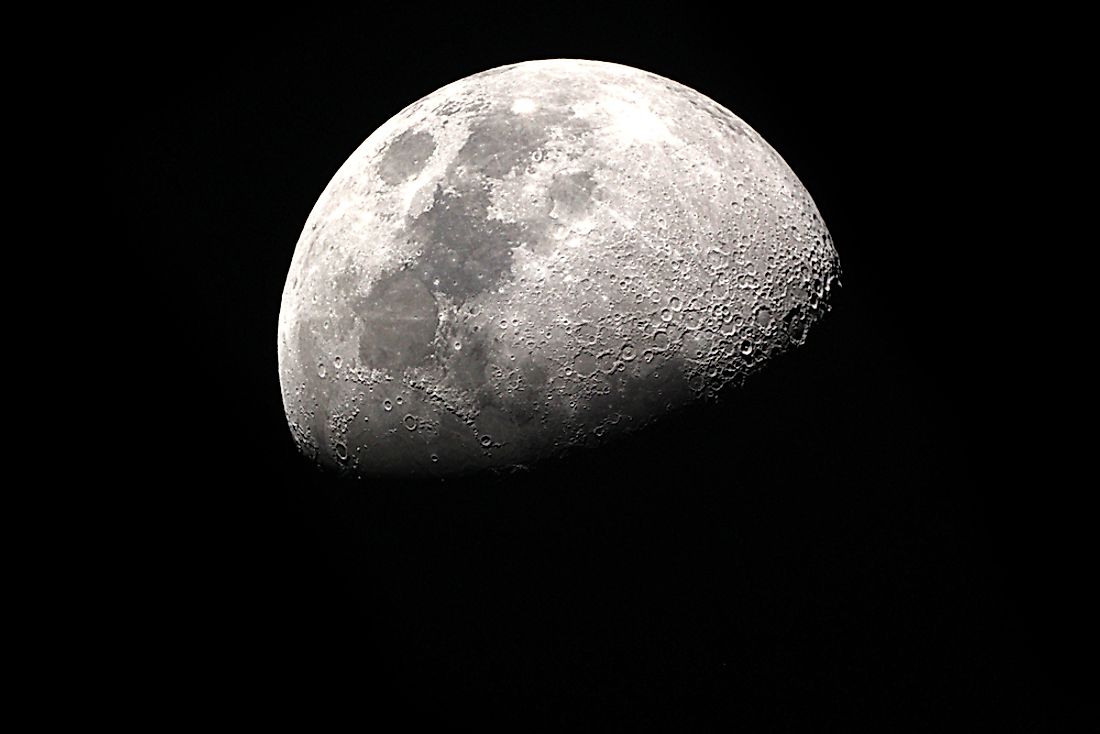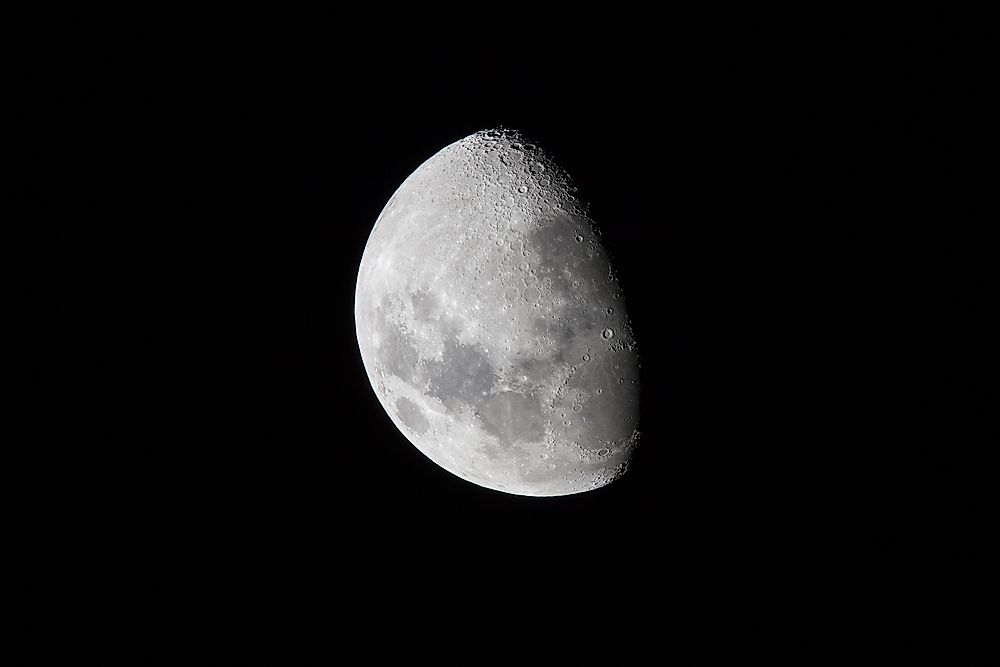10 Amazing Facts About The Apollo 11 Moon Landing

“That's one small step for (a) man, one giant leap for mankind.” Those were the famous remarks made by astronaut Neil Armstrong as he made the first human footprints on the Moon. The Apollo 11 was the government mission that aimed to have a manned lunar landing which featured the spacecraft "Eagle" launched from the "Saturn V" rocket. The Moon landing was arguably one of the most critical landmarks of human civilization and its significance still resonates today. While the event remains to be hugely popular both in the scientific world as well as in pop culture, several fun facts about the mission still remain relatively unknown.
10. Armstrong carried with him a piece of wood from an airplane that belonged to the Wright brothers.
The first recorded flight was achieved by the Wright Brothers in 1903, 66 years before the first manned lunar mission. Thus, Neil Armstrong saw it fit to take with him pieces of wood from the pioneering Wright plane as well as a piece of fabric from the plane to symbolize the great progress made in aviation. Armstrong held these in his "personal preference kit" (PPK). The Wright Brothers, like Neil, were from the state of Ohio. The artefacts now sit in the Smithsonian museum in Washington, D.C.
9. If Apollo 11 had failed, President Nixon had a speech ready.
Although the Apollo 11 now has a cemented place in world history, at the time of its launch its success was not so certain. The mission had such a large risk of failing, in fact, that President Richard Nixon had a speech at the ready in case of catastrophe. As nobody had ever once landed on the Moon, it was not known whether or not it was even possible to takeoff from the Moon in order to return back to Earth. Thankfully, there was never occasion for the use of the speech, although copies of the text have since surfaced.
8. Armstrong and Aldrin spent almost a full day on the Moon's surface.
The period spent outside the probe while on the Moon is known as "extravehicular activity", or EVA, a term that covers any astronaut activity performed beyond the Earth's atmosphere. Due to the many experiments the astronauts conducted on the Moon as well as placement of the many instruments involved, the total EVA lasted 21 hours and 36 minutes. However, only a few hours of time was spent on the lunar surface itself, as the astronauts took breaks in the probe as well.
7. After returning to earth, the astronauts had to be placed into quarantine.
After landing on Earth, the three astronauts were promptly taken to a quarantine facility where they remained for 21 days. The reason behind this strange action was to prevent contamination of any micro-organisms carried by the crew from the Moon, as the astronauts were returning from very uncharted territory. Nobody in the space program was sure whether or not the lunar surface was sterile. Of course, later studies confirmed the Moon to be void of any forms of life.
6. The astronauts left pictures of human beings and the recordings of many languages on the Moon's surface.
The astronauts left several items on the surface of the Moon, including pictures of human beings as well as audio recordings of several different languages to represent the global significance of the mission. Medallions bearing names of the three astronauts who perished in Apollo 1 on the launch pad and the two cosmonauts who perished in a similar accident were all left on the surface of the Moon as well.
5. The astronauts declared

In 2015, Buzz Aldrin tweeted a "travel voucher" that outlined the nature of expenses incurred from his trip out of the atmosphere, just like somebody would for a trip of a more Earthly nature. In addition, he revealed that the astronauts were required to sign customs forms upon their return to Earth, upon which they declared to be carrying "moon rock and moon dust samples".
4. The astronauts landed with only 25 seconds of fuel to spare.
In vein with the intricate planning of the Apollo 11 mission, a site on the Moon was picked as the landing site that was thought to be a clear choice. However, while the Apollo probe was descending, the two astronauts realized the site was filled with boulders and knew it would be hazardous to attempt their descent. Therefore, Armstrong began to manually navigate the probe which involved skimming over the risky site, a decision which meant more fuel would be consumed while skimming over the location. The probe had a fuel limit set where upon reaching it, automatic abort of the landing would begin. The probe landed 25 seconds before reaching this point. What this means is that if the probe were 25 seconds late on its landing, automatic abortion of the mission would have occurred, forcing them to travel back to the Columbia that was orbiting the Moon.
3. The exact phrase uttered by Armstrong has been disputed.
"That's one small step for man, one giant leap for mankind" is a phrase familiar to many, but did you know that its accuracy has been disputed by Armstrong himself? The exact quote, Armstrong claimed, is actually "that's one small step for a man, one giant leap for mankind." Although many claimed to not hear this subtle variation, linguists have confirmed that Armstong does in fact utter "a", leading to the quote to most officially be presented with the article in brackets.
2. The landing was watched on television by an estimated 600 million people.
The record-breaking event was seen by millions of viewers around the planet. In the days preceding the mission, media outlets all over spoke extensively of the mission, leading to widespread public anticipation. There was a great amount media coverage of the event in the United States, and it is estimated that over 53 million families watched the mission on television. Global viewership was estimated to be more than 550 million viewers, a world record at the time.
1. Although there were three astronauts sent to the Moon, only two of them actually stepped on it.
Many people who have knowledge of the Apollo mission believe that the probe carried only two astronauts, Neil Armstrong and Buzz Aldrin, with Armstrong being more famous of the two. While it is true that the module that landed on the Moon carried the two astronauts, they were three in total when they left the Kennedy Space Center, Florida on July 16th, 1969. When the Apollo spacecraft approached the Moon, one module was left orbiting around the Moon and was piloted by the third astronaut named Michael Collins. Although Collins did not experience the glory of stepping on the Moon's surface firsthand, the mission would not have been possible without him.











